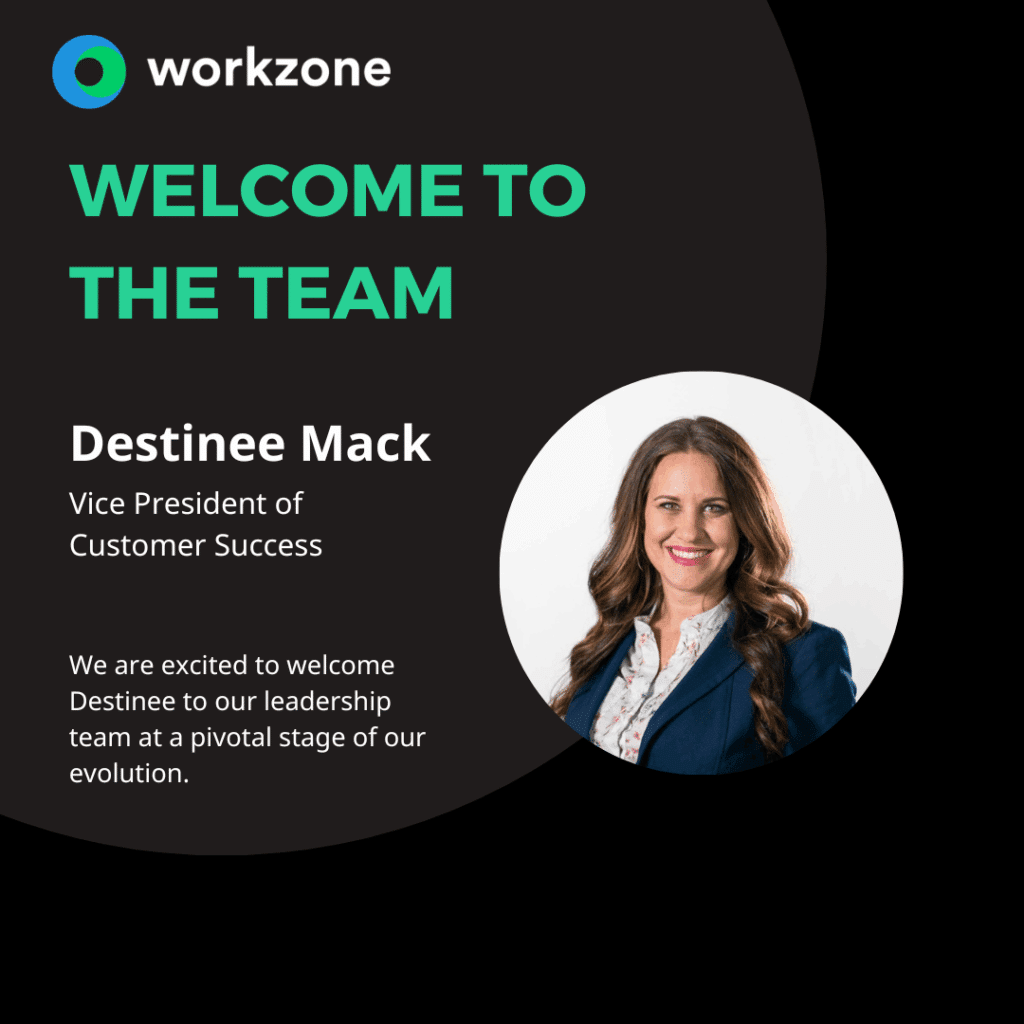Staying Ahead of the Technology Curve

While there is a temptation in modern business to be remain overly cautious when considering the investment in new technology, falling behind the technology curve can be just as detrimental as spending time and money on an unproven solution.
There is, therefore, a proper level of balance that needs to be struck between getting too far ahead of the relentless tide of new tech and lagging slowly behind. While the optimal position on the technology curve will differ for each industry, company, and department, ideally your business will be able to position itself to reap the maximum benefits of new developments without wasting effort on flash-in-the-pan programs or hardware trends that cost valuable profitability and the trust of your people and customers.
The key is to gauge the response of those brave companies that venture far ahead of the curve in search of new tech that may give them a huge advantage on their competition.
While the temptation to join them is great, the risks usually far outweigh the rewards. But if you circumspectly keep your ear to the ground and follow their progress with the new technology, you should be able to jump on the few successful implementations far before less attentive business people know what’s going on.
By way of example, cloud-based technologies have now progressed to the point where they have hit critical mass. Whether you look at marketing project management software, online document management, email, social networks, or media solutions, companies the world over are already successfully implementing cloud technology into their everyday workflows.
It is far past time to get on board with server-side technology, as businesses that do so have distinct advantages over those that rely on traditional, client-side applications. A company that uses Microsoft Project may have to manually install the program on hundreds of different machines–and once they’re installed, sharing files and information is far more difficult than with cloud-based software.
In contrast to the aging model used by MS Project and other project management programs, modern subscription-based offerings like Basecamp, Workzone, and Smartsheet all utilize seamless, server-side maintenance with virtually no downtime.
With access to your project management information available all day and night for the workers who need it most and secure encryption protocols to ensure that private information stays private, cloud project applications are effecting a new paradigm in the way projects, bids, and sales are handled. Online document collaboration is truly the way of the future.
The issue is not as clear-cut in all aspects of business and technology, however. While it looks as though the cloud is here to stay, many other software and hardware design modules continue to emerge every single day, and it will take diligence, discernment, and good business sense to determine which of these can help your company move forward.
Last updated on May 30, 2025




